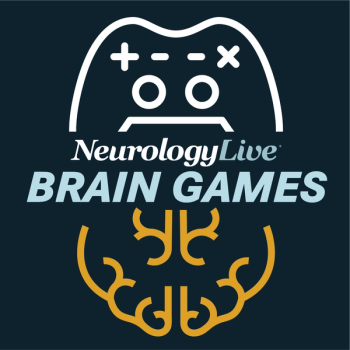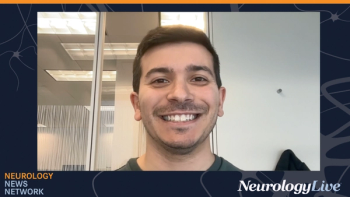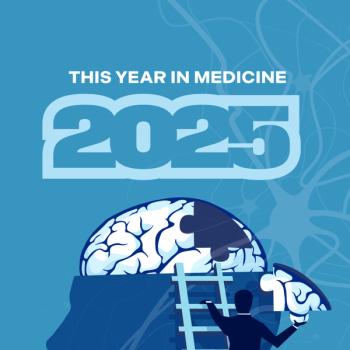
Personalizing Treatment Plans for Patients With PD
Pagan offered advice on how clinicians can effectively discuss treatment and care plans with patients, especially as new treatments continue to emerge.
At the
In this episode, Pagan emphasized the importance of patient education in managing PD, particularly when discussing advanced treatment options such as subcutaneous carbidopa-levodopa, extended-release formulations, apomorphine infusion, and deep brain stimulation. He highlighted the clinician’s role in presenting the risks and benefits of each therapy, enabling patients to make informed decisions. Drawing from personal experience with his father, Pagan underscored how effective education fosters trust, improves adherence, and ultimately enhances patient outcomes.
Transcript below edited for clarity.
Fernando L. Pagan, MD: So with all of these advances, what this all really translates to is more choices for your patients. And I think, as a clinician and also a clinician-researcher, our job is to educate the patient. Let's educate the patient on why we are choosing a treatment. What are the good and the bad—what are the risks and benefits—of every single therapy that we discuss?
For example, nowadays, when we see a patient with significant motor fluctuations and they're on oral therapies for PD and need a better treatment, we can have discussions about subcutaneous carbidopa-levodopa, or longer oral delivery of carbidopa-levodopa with the new extended-release formulations, or apomorphine subcutaneous infusion, or deep brain stimulation. These are the discussions you have to have with your patient. And if you can educate them on the benefits and pitfalls of each—because there's no 100% perfect treatment—then the patient can make an informed decision. I think the patient will feel like they trust you because you know about these therapies, and you can eloquently explain what each study has shown.
That’s why it's important that, during that visit, if you can tell them, “This is what we learned in the InfusON study; this is what we learned during the IPX-203 study; this is what we learned in the RISE-PD study; this is what we've learned with long-term use of deep brain stimulation, these new treatments, new devices, and new surgical techniques,” then the patient has the ability to choose what's best for them.
There are certain patients who are going to say, “Well, I'm not ready for brain surgery. Let's try the oral therapy first. Then maybe I'll try one of these devices.” And if there's fatigue with using one of these devices later on, they know that's still an option. So again, all of these different treatment modalities are available for our patients. And I think that's the most important thing: stay well educated, and educate your patients. That’s what’s going to create that area of trust.
If you just write a prescription and say, “Oh, start taking this,” and walk away, less than half the patients are going to try that medication. You need to educate them. You really need to help them.
So, my father had PD, and he stopped his medicines at least 3 times. It got to a point once that he didn’t walk for 2 weeks because he had stopped all his PD medications. He said, “I don’t want to take all these medicines anymore.” After clinic, I flew down to Miami, and I pretty much spent the whole night talking to him and educating him on how these medications work. And he finally started to take the medicine every 4 hours like I had instructed him—this was about 15 years ago. And at the end of that weekend, he looked at me and said, “Thank you for teaching me, because now I understand.”
By the end of that weekend, I saw him walking out in his garden—he loved to garden—checking his trees, the fruit trees. He was next to his mango tree, and he said, “I haven’t been out here in 2 weeks.” I said, “Well, if you take your medicines like I taught you, you can be here every day.”
That really taught me. Here was my own family member—he was a physician as well—and he said, “You're just going to make me hallucinate with all this medicine you're giving me.” But I was able to, by educating him, showing him the pharmacology, the pharmacokinetics, and why we do certain things. Again, certain patients require a little more education than others. But if you show compassion, and you show that you know what you're doing with these medications, you can make a significant impact on the quality of life for a patient.
So that’s the way to do it in my eyes. Education—all the way around, for yourself and others—is going to make you a more effective neurologist, and you’re going to be able to impact thousands of lives that way.
Newsletter
Keep your finger on the pulse of neurology—subscribe to NeurologyLive for expert interviews, new data, and breakthrough treatment updates.





















